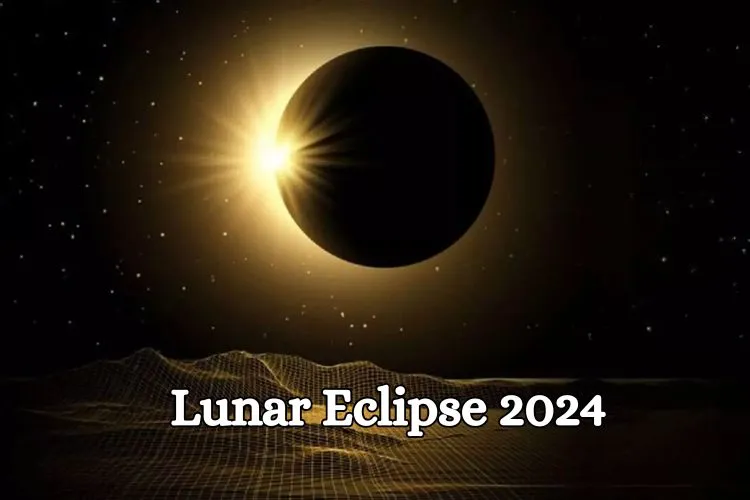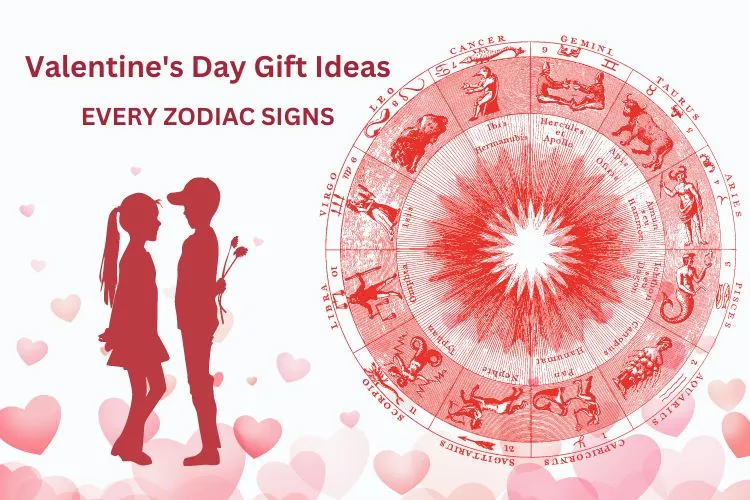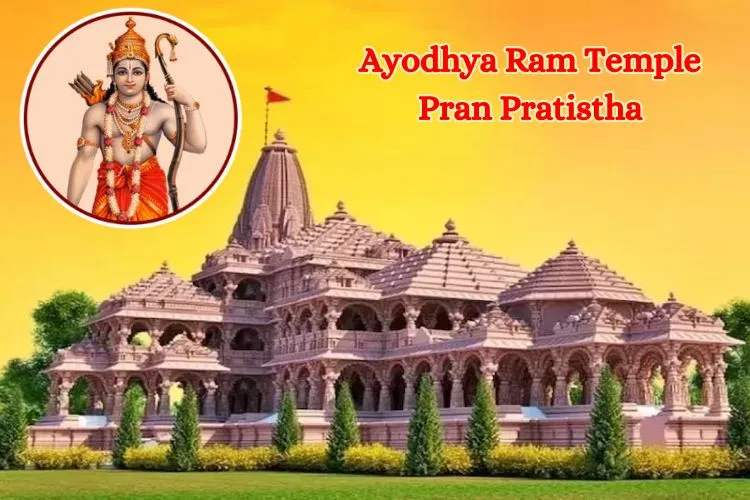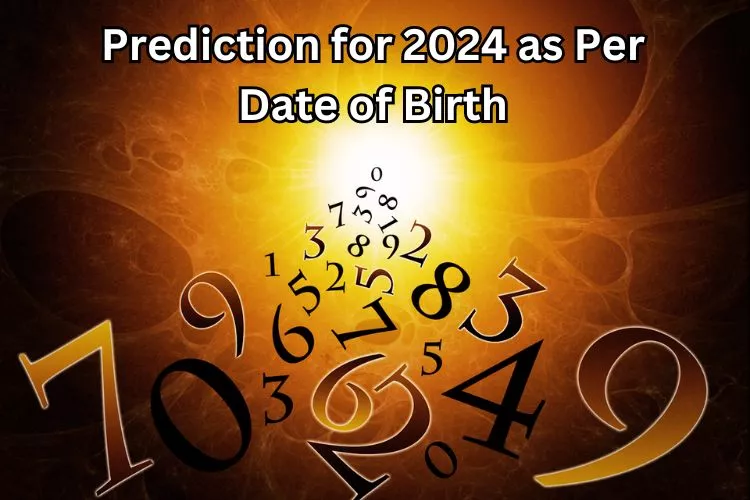Top 5 Things That Makes Hindu Mythology Intriguing
Indian religion and mythology are interrelated and cannot be really separated. Sometimes, you can also say that both the concepts are so vast that sometimes one can be confused with the other. The earliest of Hindu mythology consists of various sacred texts in the form of hymns and verses which were conceptualized in the praise and honour of Aryan Gods. These gods of ancient Hindu mythology personified various natural elements like sun, storm, wind, fire and likewise. Religion on the other hand is materialistic and is devoted to obtaining power, prosperity and health. It consists of rituals and sacrifices.
Around 500 BC, the old Vedic religion was transformed by sages and Brahmin priests. They believe to have gained god-like power themselves. Lord Budha on the other hand introduced himself as the reason for human suffering. Thus, gained the utmost discipline to eliminate suffering through living and giving up one’s desires. With this thought, even Brahmin’s followed the same concept. The result that came out of this is Hinduism, a modified version of Hindu scriptures.
Table of Content
Hindu religion is the oldest religion and has its origin traced back to prehistoric times that go beyond 5000 to 10000 BC. Thus, we can conclude from the same that the myths, belief and mythologies related to religion are similarly old. In addition to the same, there have been multiple changes in the way the Indian mythological stories were narrated from years to years. Hindu mythology is rich in History, characters stories and a surprisingly strong connection with modern science. There are also epics like Mahabharat and Ramayan, the former being the longest known epics in the history of Hinduism.
Top 5 things that make Hindu Mythology Intriguing
1. The Creation Of The Universe
Hindu mythology states the process of creation of the universe in various scriptures, On several accounts it comes up with answers that go into varying degrees of complexity and thus, we learn different approaches at different times. The most popular approach however states that the highest deities were oblivious to their own existence of time itself. Before the creation of the universe, there was no time, heaven or hell. There was no earth or space in between, There was just a dark ocean that just washed into nothingness.
In other references, the creation of the universe is described as a process that started with the annunciation of a sacred sound, Aum. The study of ancient Hindu scriptures shows that the ultimate reality has three main functions which are the characteristics derived from the trinity of Gods, Brahma, Vishnu and Shiva. Thus, when you see the images of the trinity, the head of these three gods is merged together into a single body called the Trimurti. The Trimurti depicts the importance of all three gods. Brahma being the creator of everything, Vishnu is the protector and Shiva being the ultimate destroyer of evil.
2. Gods And Goddesses Of Hindu Mythology
Hinduism is a religion that inculcates a number of deities. Apart from the three main gods, there are multiple gods and goddesses that belong to a certain pantheon of divinities. In certain lines of Hindu scriptures stated that there are around 330 million gods in Hindu mythology. Each of these gods and goddesses represents different aspects of part of life.
However, if you read the design brief you will get to know that there are none 33 major deities. The 300 million societies stated are just transformations of God and Goddesses. This study was made during the Upanishadic era when the sages tried to explain the infinite nature of the universe. Thus, you can also resolve that all the gods and goddesses in their primary are as old as time and creation itself.
3. Origin of Hindu Mythology
Hindu mythology is quite different from the rest of the religions. It does not have one single founder of sacred scripture. As discussed earlier there are a number of sacred scriptures that are an amalgamation of different beliefs, traditions and philosophies. Their different viewpoints sometimes even have clashed with each other. There are different theories of the origin of the world, and thus, the religion Hinduism itself.
The earliest traces of Hindu mythology are traced back to 5500 BC. There are beliefs that the tradition was being followed in some other name, the term “Hindu” originating only during the Mughal era in contemporary India. Hinduism became a popular term during the 19th and 29th century.
There are Vedas, the sacred scriptures which are a compilation of religious texts that are formulated somewhere between 1500 BC and 100 BC. These sacred verses are written in Sanskrit. Even though the Vedas were written thousands of years ago, you can easily find their resemblance with modern science.
4. The Four Different Yugas
Hindu mythology through various Vedas and scripture have consistently shown how all living beings pass through a continuous cycle of creations and destruction. The cycle repeats itself through four different yugas namely, Satya Yuga, Treta Yuga, Dwapar Yuga and Kali Yuga.
Satya Yuga
The beginning of the life cycle is the age of truth and enlightenment. In this age, humans were always virtuous. The sacred texts are the form of their intellect and the surplus flows of ideas in them. Humans led an honest life and lived to acquire answers to the origin of creation.
Treta Yuga
This represents the second age of the cycle. It enhances the presence of goodness in human nature and how it slowly diminishes. Treat yuga is the period of life where the goodness and virtue among peoples start to decrease and thus, gets replaced by tamas and rajas. Tamas is the darkness in human nature and rajas being the passion a human can inculcate.
Dwapara Yuga
Dwapara Yuga represents the age right after the Treta Yuga. Also, known as the bronze age, human nature loses purity and here people attain great power over their brains. They can contain control over their innermost body and knowledge. And amongst these the human body gets more attracted towards the materialistic approach that life has to provide.
Kali Yuga
The last age of the ever-repeating cycle of life and birth, It is the shortened lasting period and the current period is the Kali Yuga. It is the age of hypocrisy and instability. Human nature here is corrupted and is full of temptations and sins. The human body is in its lowest form of intellect and thus, the age has been highlighted by man’s unprecedented longing for materialism
5. The Epics Of Hindu Mythology
The Hindu epics were actually written to preach moral ideas and beliefs amongst the people for the next generation. They were a source of aspiration. The epics were mostly written in Sanskrit. They were a compilation of verses and hymns. The most popular of the epic is Ramayan and Mahabharat.
The Ramayana is a magical narration of the story of Lord Rama, his birth and his fight against his evil nemesis Ravana. It showcases the value of Love, brotherhood and the nature of sacrifices. Whereas, the Mahabharata is the longest epic of Hindu mythology. It gives an in-depth knowledge of the Hindu religion during the years 400 BC to 200 AD. It is a glorious narration of the fight for the crown of Bharatvarsha. It also includes the narration of Bhagavad Gita, which is recited by Lord Krishna during the war between Kauravas and Pandavas.
Hindu Mythology is the oldest of the religions to exist. Thus, it has been tolerant of all the changes that have come through it. With Vedas and Hindu Mythological stories to read through, Hindu mythology is a wide concept to study and learn through.
















